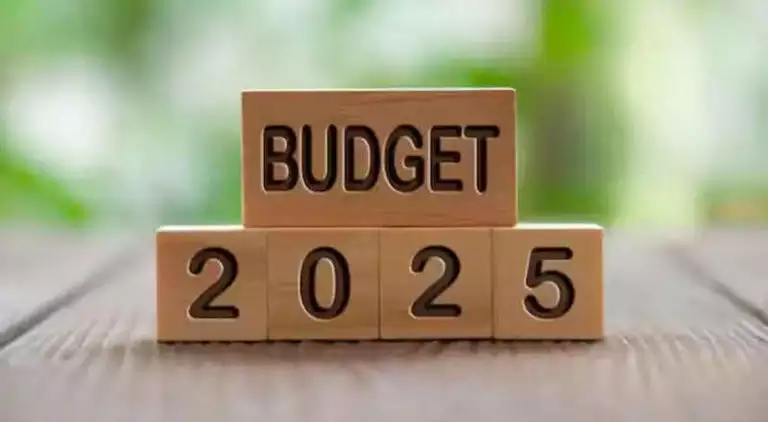Union Budget 2025-26: A Pro-People Approach

The anticipation surrounding the Union Budget for 2025-26 is palpable as Union Minister Pralhad Joshi assures the public of a budget that prioritizes the needs of the people, particularly the poor and the middle class. This commitment aligns with the government’s ongoing efforts to bolster the economy under the leadership of Prime Minister Narendra Modi. As the Finance Minister Nirmala Sitharaman prepares to present her eighth consecutive budget, the focus remains on fiscal policies that aim to enhance the economic landscape of India.
A Commitment to the People
Union Minister Pralhad Joshi has made it clear that the upcoming Union Budget will continue the trend of being pro-people, pro-poor, and pro-middle class. He emphasized that since the Modi administration began focusing on the economy, the government has consistently delivered budgets that cater to the needs of these groups. Joshi’s remarks came during a press interaction at the Parliament, where he expressed confidence that the 2025-26 budget would maintain this trajectory.
The Union Budget is a crucial document that outlines the government’s financial plans for the upcoming fiscal year. It includes proposals for revenue generation, expenditure allocation, and taxation reforms. The Finance Minister’s speech is expected to cover a wide range of topics, including significant announcements that could impact various sectors of the economy. The government’s commitment to supporting the most vulnerable sections of society is a recurring theme, and this budget is expected to reflect that ethos.
Traditional Rituals for Good Luck
In a customary gesture believed to bring good fortune, President Droupadi Murmu offered ‘dahi-cheeni’ (curd and sugar) to Finance Minister Nirmala Sitharaman before her budget presentation. This traditional practice, which symbolizes sweetness and prosperity, took place at Rashtrapati Bhavan. Minister of State for Finance Pankaj Chaudhary was also present during this auspicious occasion. The meeting allowed Sitharaman to discuss the contours of the budget proposals with the President, setting the stage for a significant financial announcement.
Such rituals are not just ceremonial; they reflect the cultural significance of the budget presentation in India. The budget is not merely a financial document; it is a reflection of the government’s priorities and aspirations for the nation. The involvement of the President in this process underscores the importance of the budget in shaping the country’s economic future.
Economic Projections and Growth Expectations
The Economic Survey, released just before the budget, projects a robust growth rate for India’s economy. It estimates growth between 6.3% and 6.8% for the financial year 2025-26. This optimistic outlook is based on strong economic fundamentals, including a stable external account and fiscal consolidation. The survey highlights the government’s commitment to fostering long-term industrial growth through investments in research and development (R&D), micro, small, and medium enterprises (MSMEs), and capital goods.
These initiatives aim to enhance productivity and innovation, positioning India as a competitive player in the global market. The survey also addresses concerns about food inflation, predicting a decline in prices due to seasonal factors and a good harvest. However, it warns that adverse weather conditions and rising international agricultural prices could pose risks to inflation. The government’s proactive approach to managing these challenges will be crucial in maintaining economic stability.
Observer Voice is the one stop site for National, International news, Sports, Editor’s Choice, Art/culture contents, Quotes and much more. We also cover historical contents. Historical contents includes World History, Indian History, and what happened today. The website also covers Entertainment across the India and World.

